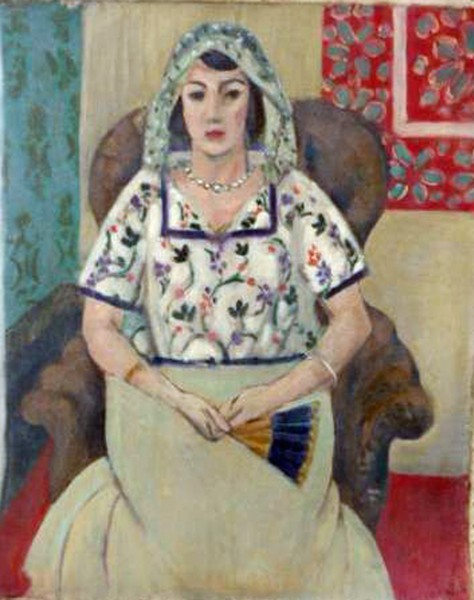
This is Femme Assise by Matisse that was found in Gurlitt’s flat in Munich in 2012. It was stolen from Paul Rosenberg and six weeks ago the German government finally agreed to return it, more details here.
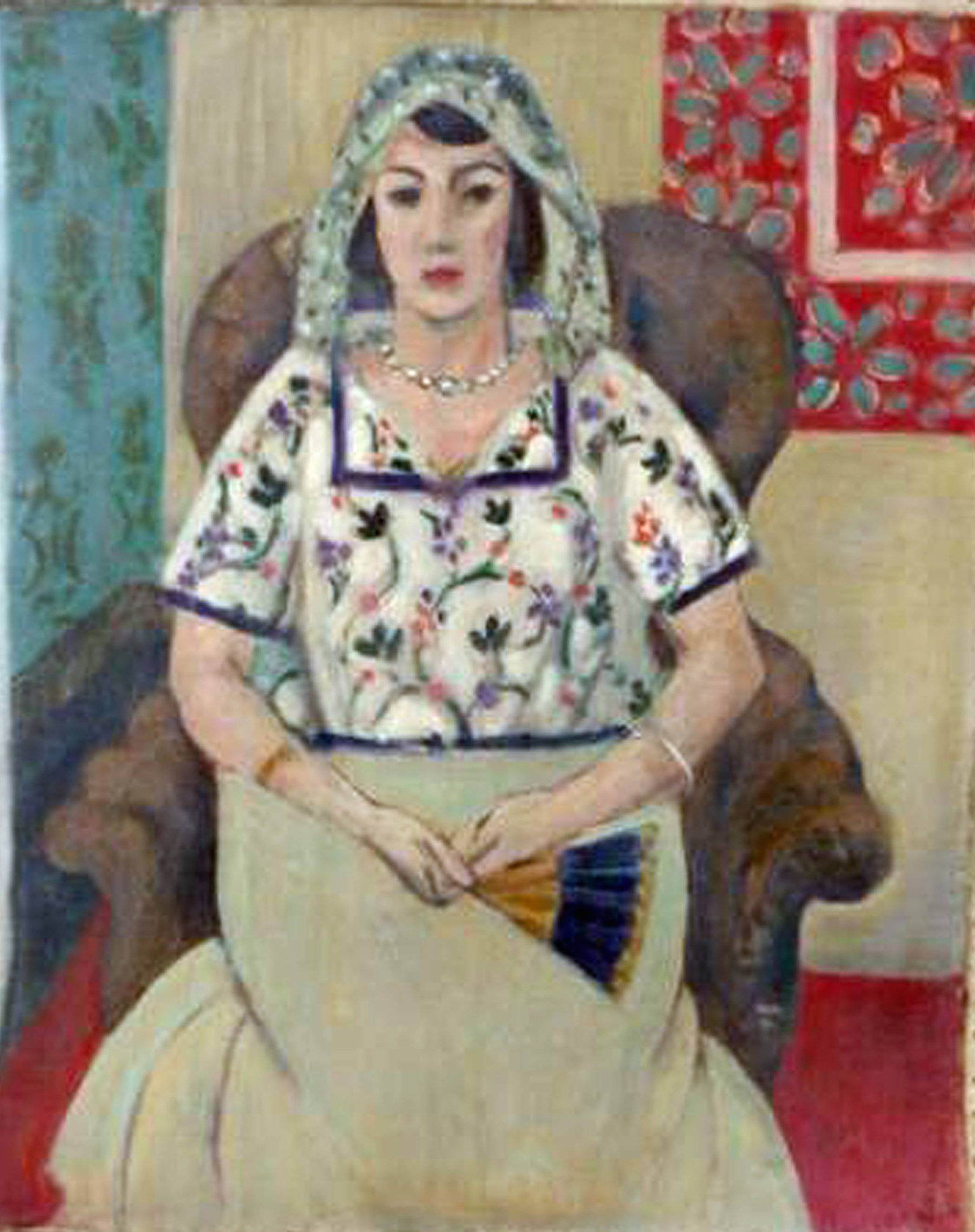

This is Femme Assise by Matisse that was found in Gurlitt’s flat in Munich in 2012. It was stolen from Paul Rosenberg and six weeks ago the German government finally agreed to return it, more details here.
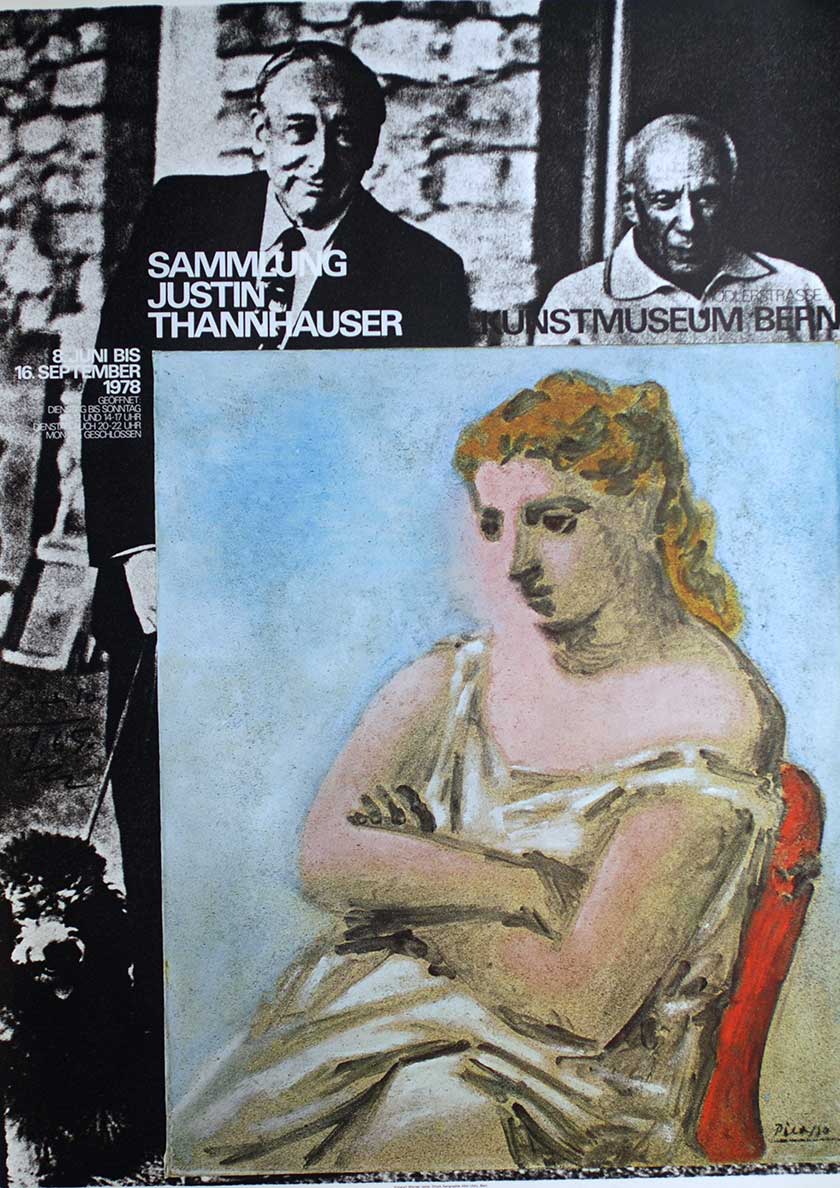
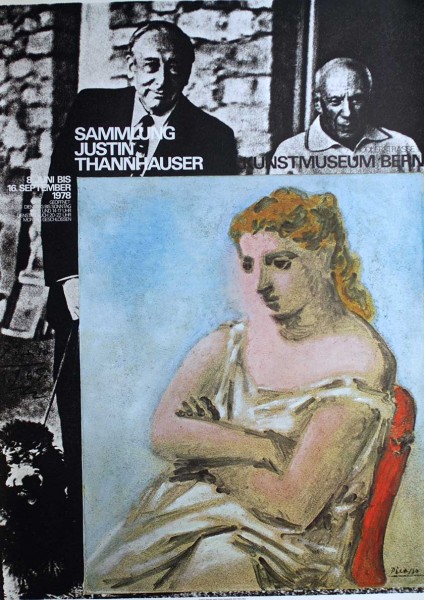
One of the fascinating aspects of the saga of the looted art is the pre-war art dealers. Indeed, if we were a ‘proper’ publisher we would be commissioning a book on this subject. Obviously there are books (eg. Anne Sinclair on her father Paul Rosenberg in My Grandfather’s Gallery: France’s greatest art dealer and his escape from the Nazis published by Profile) and exhibitions (the current Durand-Ruel at the the National Gallery) but no one has yet written the book on the great dealers. Here is one of the dealers who would feature in a book on the subject, indeed he merits a book on his own: Justin Thannhauser. This poster sometimes hangs at Persephone Books because, many years ago, Justin was a family friend. The poodle has been replicated by the divine Max at Pentreath and Hall. Here is more on the Thannhauser legacy (the name is of course vastly important at the Guggenheim).
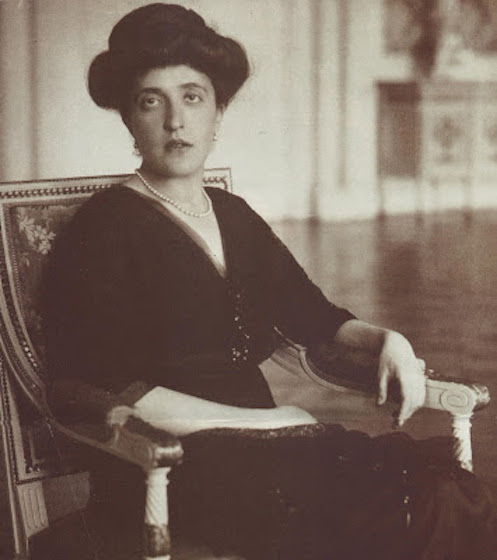

The film Woman in Gold is marvellous and unforgettable: this week on the Post a few small aspects of a story that is too vast to grasp – the extent of the looting of works of art during the Second World War. The film of The Monuments Men covered some of this and now Woman in Gold tells the story of one particular painting, the world-famous picture by Klimt. Here is a photograph of the woman who sat for the portrait, Adele Bloch-Bauer. She was the aunt of the central character in Woman in Gold so superbly played by Helen Mirren.
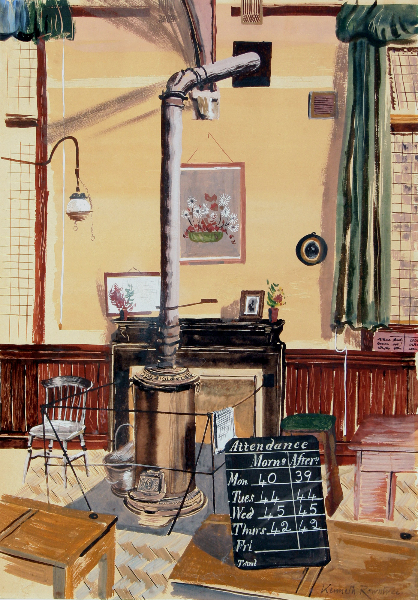

This painting, The School Room 1940s, was sold at Abbott and Holder in 2009. There are various Rowntree pieces, including a strip of his alphabet material, for sale at Rennies.
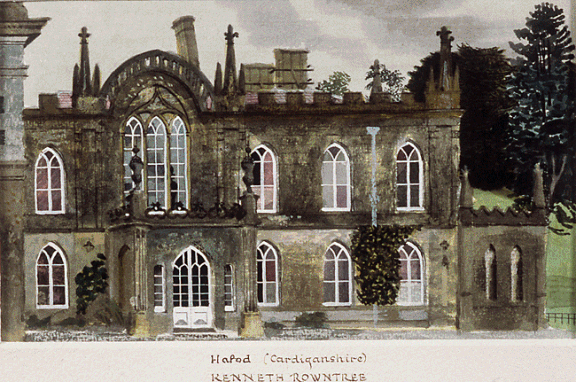

A Prospect of Wales was a series of water-colours by Kenneth Rowntree accompanying an essay by Gwyn Jones: it was a 1948 King Penguin depicting houses, chapels and townscapes. Kenneth Rowntree visited and worked in Wales on many occasions and he must have been especially sad when Hafod House was demolished in 1955 (more details here in The Architecture of Wales: Lost Houses). (If the writer of the Afterword David Conville had not told us that The Priory was modelled on Parciau – also now demolished – we might have thought Hafod was The Priory.) `
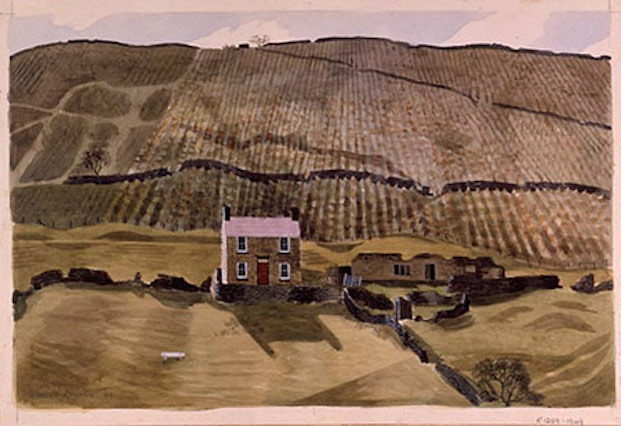

Underbank Farm, Woodlands, Ashdale Derbyshire 1940 was painted as part of Recording Britain: ‘intended to boost national morale by celebrating the country’s natural beauty and architectural heritage, but it was also a memorial to the war effort itself’ (V and A) and it’s become a very well-known painting. Yet although Rowntree was a superb artist he is in general somewhat ‘neglected’ (the word is used on our website of ‘our’ writers), far less well-known than, say, Ravilious or Bawden whom in many ways he equals.
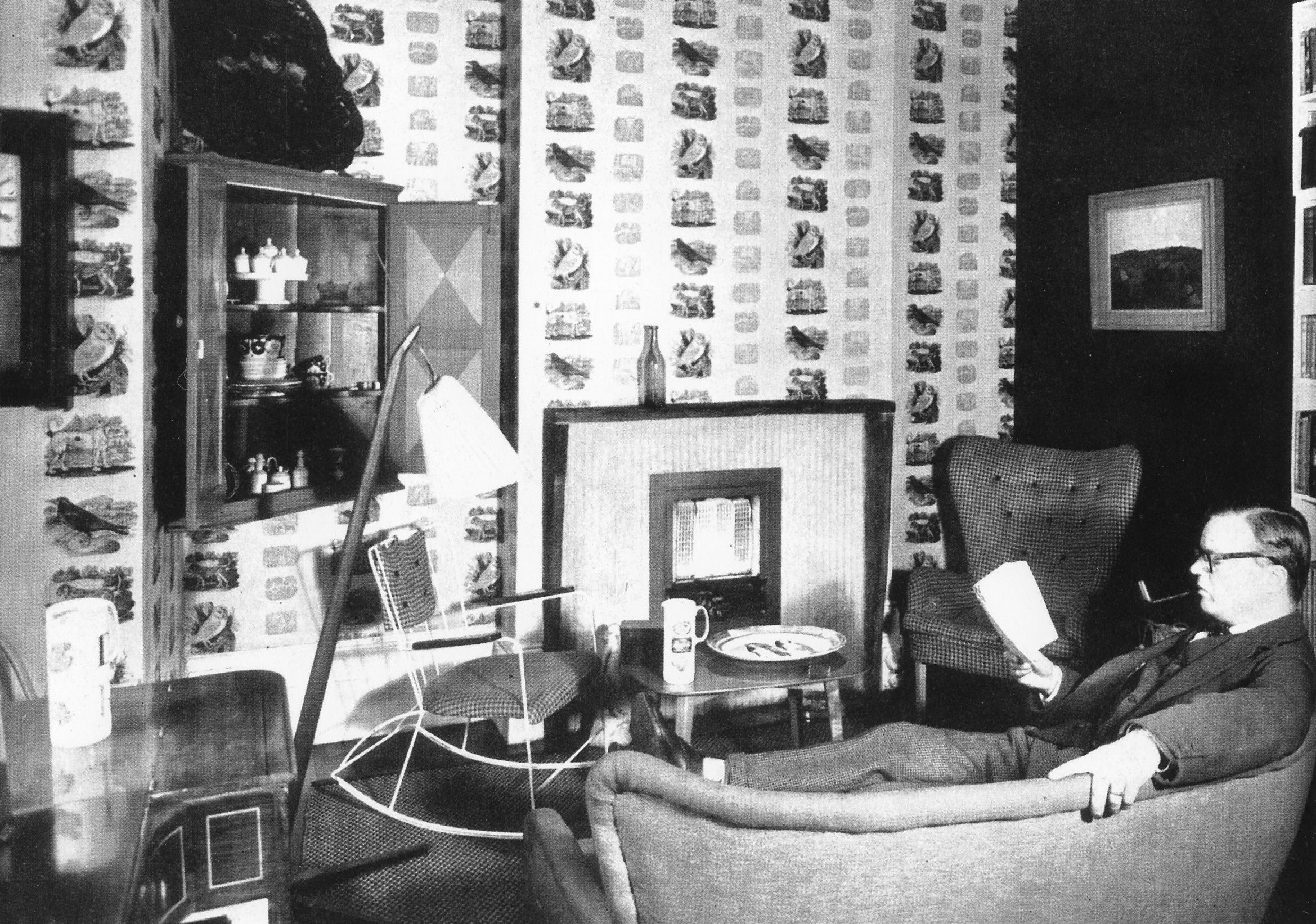
Kenneth Rowntree (1915-97) is the subject of two exhibitions this year marking his centenary, the one at the Fry has opened and the one at Pallant House opens in July. This splendid photograph shows him at home in Ruvigny Road, Putney in 1954. It appeared in House and Garden in February ’54. The wallpaper is Rowntree’s tribute to his friend Ravilious: enlarged versions of Ravilious’s wood engravings are juxtaposed with engravings by Thomas Bewick
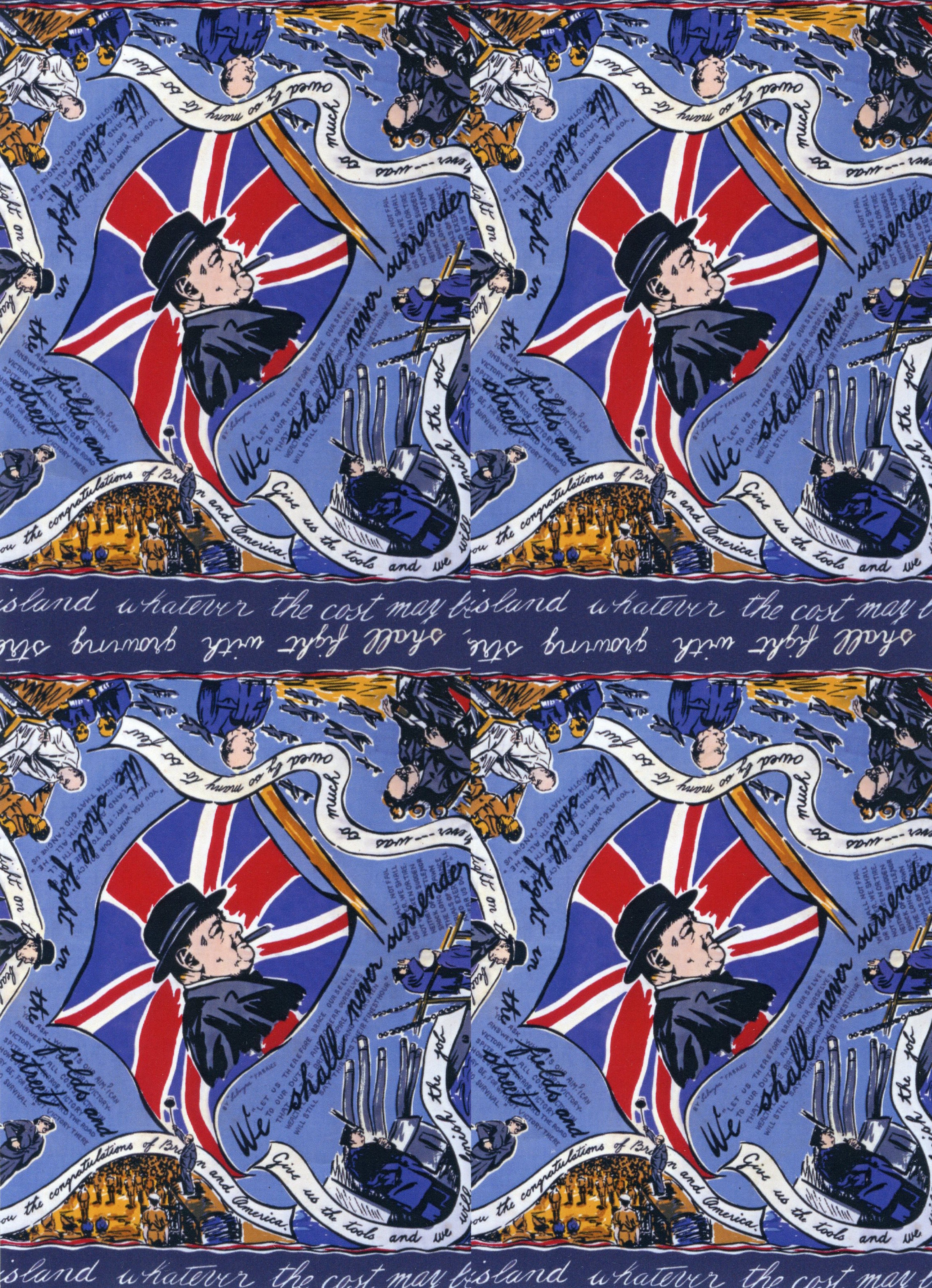
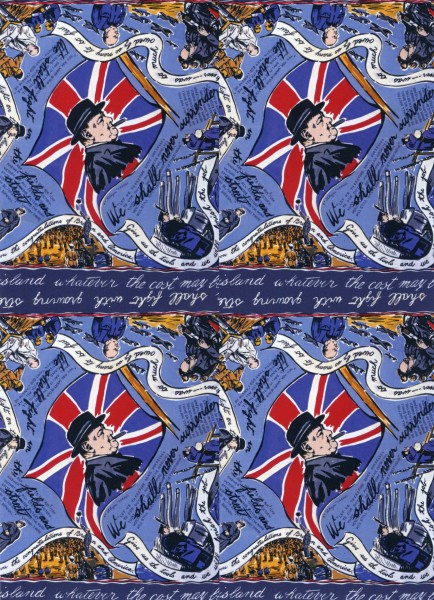
‘We shall never surrender’, ‘We shall fight on the fields and streets’, a fat man with a cigar: in some ways the endpaper for London War Notes is the antithesis of the things Persephone Books tries to stand for. But googling ‘reputation’ ‘Churchill’ one immediately finds this on C4: ‘It was Churchill’s understanding that Britain would not be able to watch the war from the sidelines, and the indomitable spirit he displayed during Britain’s darkest hour, that deserves praise. Quite simply, he was the right person at the time and no-one else would have done a better job.’ Quite. And it’s what Mollie Panter-Downes’s book is about.
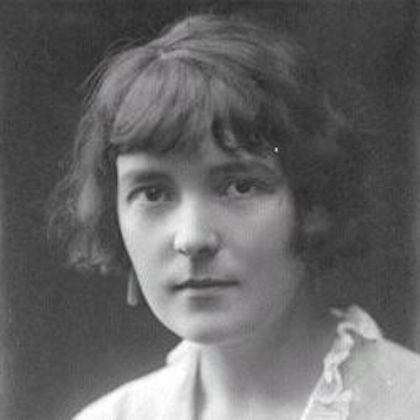

This is the photograph of Katherine Mansfield we used to accompany Eve Lacey’s prizewinning essay. It is also used by Silksound Books, which is an audiobook company which sells recordings by well-known actors. What could be more soothing than Lindsay Duncan reading The Garden Party? Silksound is rather a discovery. They also have eg. Wuthering Heights read by Juliet Stevenson and The Railway Children read by Margaret Tyzack. And you can buy directly from their site (each audiobook is £7.95) rather than have to go to a megacorp: here is the catalogue.
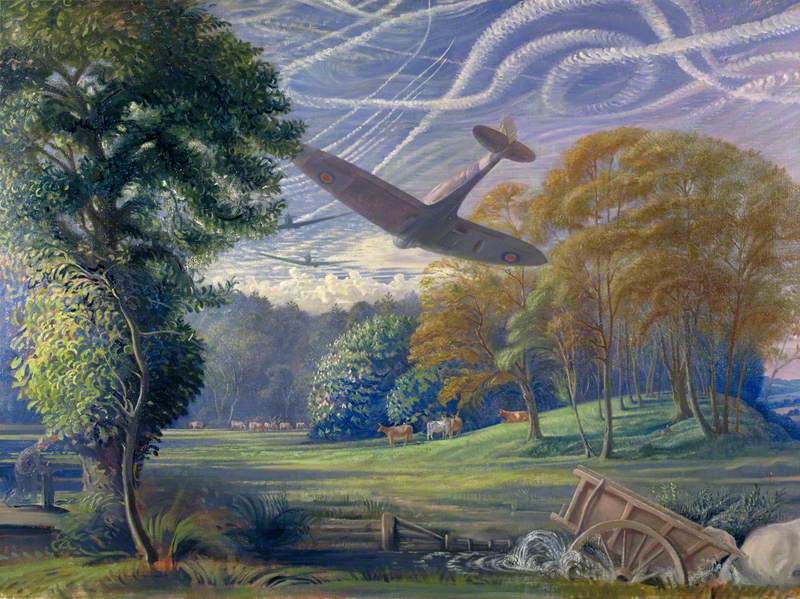
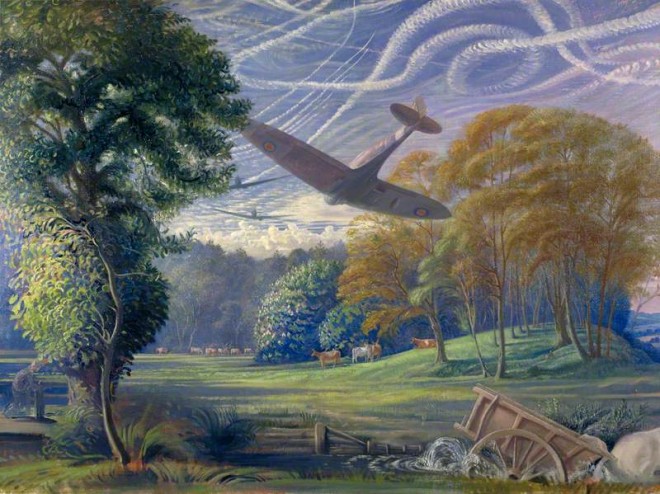
The cover of the Biannually is ‘Southern England 1944: Spitfires Attacking Flying-Bombs’ by Walter Thomas Mornington (1902-76), a painter who is now mainly remembered for his wartime paintings and for the fact that his first wife was Winifred Knights.